Oregon county eradicates homeless tent city by putting rough sleepers up in a 90-strong ‘tiny home’ pod village – but locals are infuriated as it’s plonked in the middle of a family neighborhood
An Oregon county has eradicated homeless encampments after housing rough sleepers in a 90-person pod village.
Washington County has spent millions on the system to move unhoused individuals into subsidized housing, including the new tiny houses.
Over the past two years, the majority of the homelessness tax has been spent building 90 pods in three locations.
Have outreach workers according to local reportingwas able to eliminate seven large and medium-sized encampments.
But the new homeless village has sparked outrage among some because it was located in the middle of a residential area with young families.
The very small buildings are intended to provide temporary shelter for the hundreds of homeless people in the province
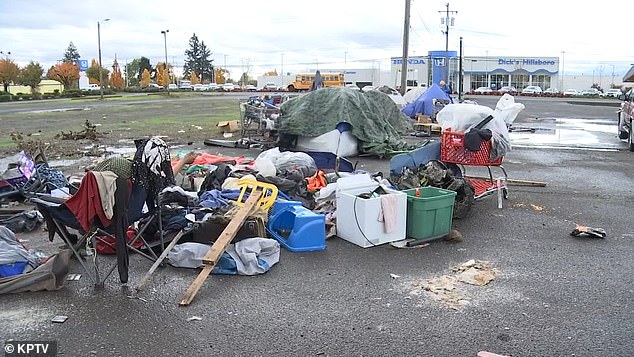
Over the past two years, most of Washington County’s homelessness tax has been spent building 90 pods in three locations
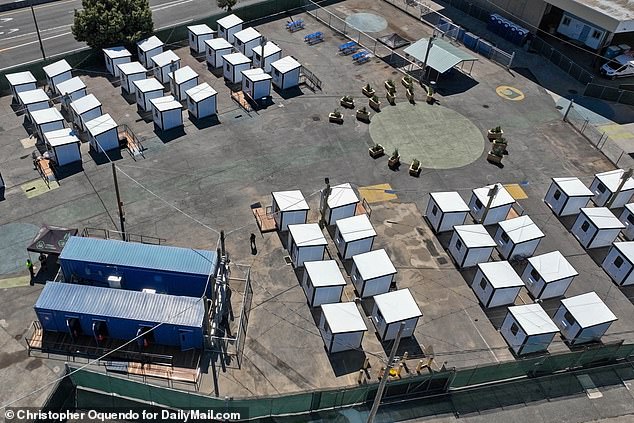
Over the past two years, most of Washington County’s homelessness tax has gone toward building 90 tiny homes in three locations across the county and expanding the shelter network.
The county has spent about 40 percent of the $86 million in homelessness tax revenue it allocated for this fiscal year, which ends in June.
But not everyone is happy with the arrangements the province is making to get most of its hundreds of homeless residents off the streets.
The pod villages have to go somewhere, and one of the locations selected for a small village was Aloha, Oregon, on the grounds of the Aloha United Methodist Church.
The area is largely populated by the county’s older population, some of whom are concerned about neighborhood disruptions and potential safety issues.
“If someone is a potential danger, we have a right to know for our own safety,” said Jim Wassgren, who has lived in the area for 25 years. ABC15.
‘We have invested in a lot of cameras. We also bought a security system for the house,” said Allen Ballantyne, who lives just a few doors from the church.
“Setting up a homeless camp in what is, to be honest, quite a geriatric neighborhood … where there are a lot of old people and young families living, right in the middle of it, didn’t seem like the worst idea to me,” he said.
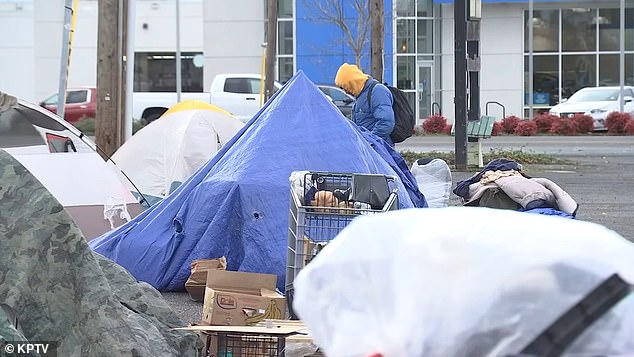
The pod villages and other forms of heavily subsidized housing have allowed the province to eliminate controversial homeless encampments
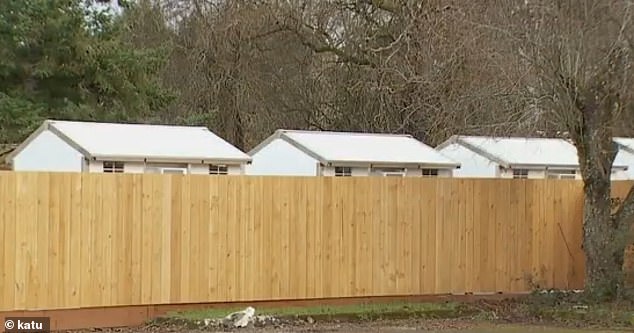
The pod village in Aloha, Oregon, which opened in February, consists of 30 pods intended as temporary shelters for the homeless.
The pod village, which opened in February, consists of 30 pods intended as temporary shelters for the homeless.
The site is surrounded by a wooden fence and there is only one way in and out of the site.
It is a so-called “low-barrier” shelter, meaning individuals do not need to be drug tested or participate in certain programs to qualify for a pod.
However, those selected for pod living will have gone through a rigorous selection process, Washington County Department of Housing Services administrators said.
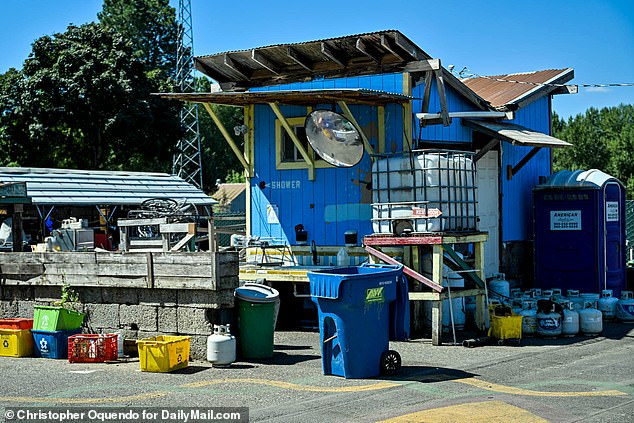
Similar buildings have been built in neighboring Oregon cities such as Portland, where the homeless population has soared in recent years
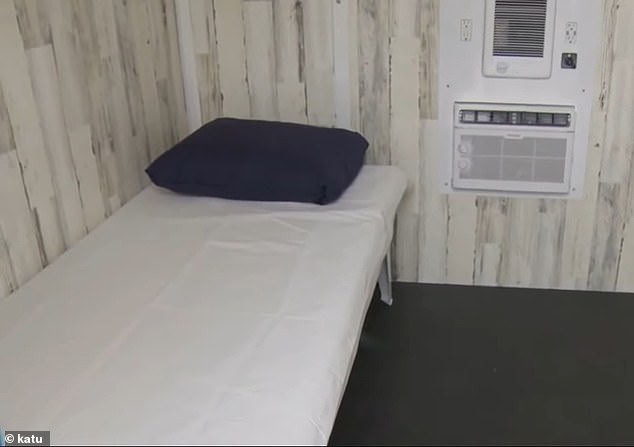
Simple interior of a pod, intended as temporary housing
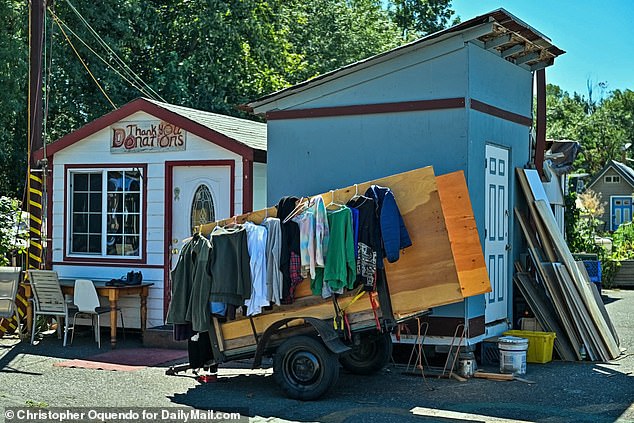
The pod structures are based on models of tiny houses, which have exploded in popularity in the US over the past decade

A pod village that will house dozens of homeless Washington County residents
One of these administrators said the county sheriff’s office will work with the city to keep the pod village and surrounding area safe, and security will be present at all times.
“I guess my message is, anyone who has concerns should come to the opening of this program with an open mind,” she said.
However, longtime residents remain wary and say they will remain vigilant as the community welcomes residents of the 30 pod units.
‘Well, we’re very worried. We hear horror stories all the time about what’s happening in the other areas and I’ve been to a few of them and they don’t look good,” Ballantyne said.
‘We hope for the best at this location. The province has assured us that they have everything under control, but we are very skeptical.’
